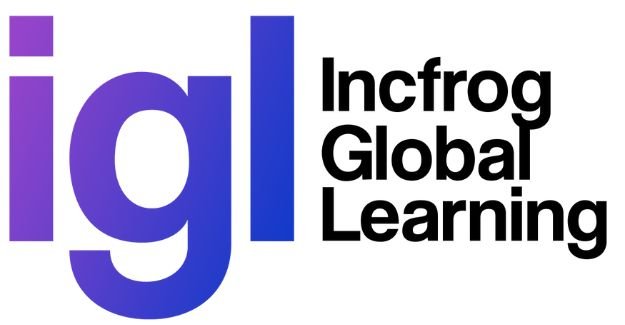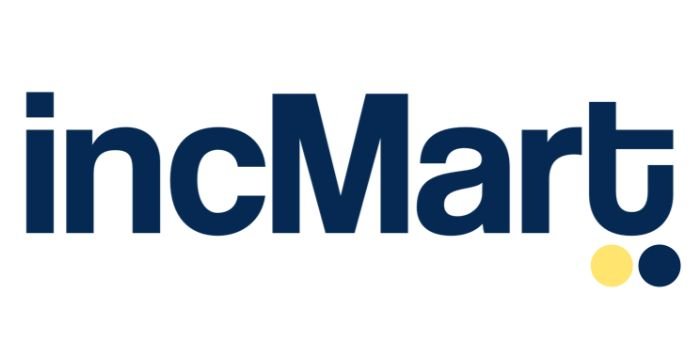Digital Marketing Trends to Look forward in 2022
- January 3, 2022
- Posted by: Triparno Ghoshal
- Category: resources

The year 2020 has been the leapfrog year for many businesses, where many of them managed to migrate online, from every walk of life we have seen a sharp rise in the online consumption of various products & services. And the year 2021 was the year where this business established its digital footing.
In the era of the digital revolution, being digital has become the basic way of life. Where the consumer attention span has drastically reduced to those few seconds creating a hyper-competitive market for every business sustaining online. Digital Marketing for 2022 will be data and purpose-driven, the motto is to create an authentic digital experience for the customers in digital transformation.
Increase In Short – Form Videos
Short-form videos have become the key feature in social media for brands to promote their products and services. It helps to understand and create content following the trend culture in the market. It requires a very creative approach for the creators to present their content on the respective platforms. Back then Tik Tok was the number one platform to promote but today, Instagram Reels and Youtube Shorts are promising better ROI to the business. Most of the businesses that have never done any short videos are most luckily to do it in 2022; as it fulfills three great benefits:
1. Brand Awareness
2. Better Engagement
3. Time-Saving
Artificial Intelligence and Customer Experience
We all are very much aware of the term machine learning, so how it works: the social media apps that we use on our day-to-day necessities collect a hefty amount of data on a real-time basis. These data are carefully stored and monitored to drive data points, based on these data points which comprise different levels of psychographic & demographic information. The processing of this entire task is done by artificial intelligence, the study of human intelligence – like how a human brain can think and what are the limitations and possibilities. These are the areas where the algorithms are precisely designed to execute (AI).
The dominance of (AI) is very much visible in our current times, with the advent of Metaverse by Facebook this gains new depths of personnel data collection. These data points are used to architect a better consumer experience, many enterprises are setting up virtual chatbots that use natural language processing software to communicate with the customer and provide solutions based on their requirements. Telecom Company Vodafone was the first company to set – up virtual assistance on WhatsApp for basic queries and recharge.
Programmatic Advertising
The implication of artificial intelligence in buying, selling, and executing advertising in real-time, with an auction-based approach is known as Programmatic Advertising. This means the more accurate audience targeting and placing the right element at the right time without the hassle of doing the groundwork manually. Programmatic advertising is extremely target-oriented and hyper-personalized to individuals. Netflix is one of the biggest examples of programmatic advertising as part of its global marketing strategy, they have invested more in the data-driven marketing approach for better personalization of their content recommendation to gain more sign-ups.
Personalization
Personalization is present in every marketing plan. According to Forbes, 80% of customers are more likely to purchase from a brand that provides a personalized experience, 63% of consumers will stop buying from brands that use less personalization. Personalized shopping cart recommendation triggers 92% of customers to luckily buy products online. Personalization is done by crooning individual data. This includes monitoring individual choice and surfing patterns to analyze the product recommendation. We are quite familiar with our experience with eCommerce giants like Amazon, Flipkart & others. If your organization has the budget of affording Adobe Experience Cloud then you don’t have to worry much about your personalization process. However, there are other tools & software like Google Optimize, HubSpot, Proof, Cxense & others which are being used by marketers on various requirements.
Influencer Marketing
Previously influencer marketing was limited to celebrities. But today the scenario is a bit different as people are more curious to know the product experience and the exact specifications before buying any product. Any influencer with a suitable following and repute on social media platforms is being hired by top brands for their product review and most importantly to convey the product experience to their audience base. Consumers are more likely to search for the latest video from any influencer than to click on an Ad. 2022 will witness a sharp increase in the area of influencer marketing as more and more digital consumers are using AdBlockers to cut out the clutter from their online journey. Ad Block by Google Chrome single-handedly has over 60 million current users and crosses over 350 million downloads.
Virtual events
Virtual events were started out of necessity in 2020, due to the pandemic but it will continue to grow in 2022. The primordial reason to conduct virtual events is because of its greater accessibility and better ROI on optimum investment. Companies need to get more creative while selling or endorsing their product or service in a virtual event; the expansion of virtual events will lead toward a complete digital experience without the hassle of conducting an on-ground event in the midst of a pandemic ridden market. It saves time and effort to organize manually with travel restrictions and visa issues. Some of the social media influencers and bloggers are using this method to increase their reach and sell products or services endorsed by the respective companies. There are four main types of virtual events: Webinars, Virtual Conferences, Internal Hybrid Events & External Hybrid Events.
According to Statista, as of January 2021, there were 4.6 billion active internet users worldwide, out of which 4.32 billion accessed the internet through mobile devices. The Digital Footprint has significantly grown into a full-blown industry, requiring skilled individuals to meet the need of the hour. With the rise of mobile internet users in both urban & rural areas; there is a dramatic shift of audience creating a digital milieu of their own. These areas can be great opportunities for large-scale businesses to tap into the rural market to diversify their business digitally.






